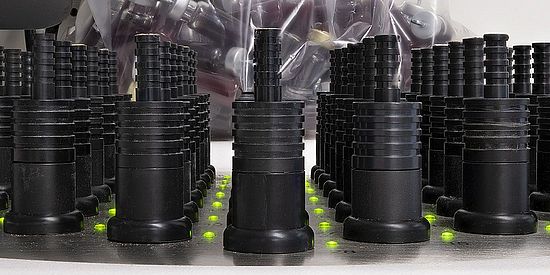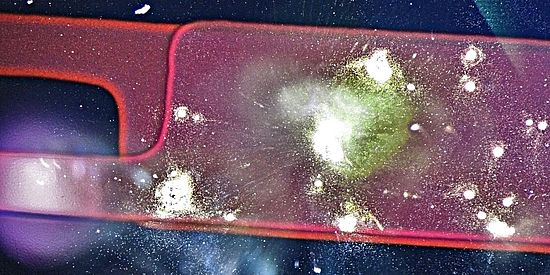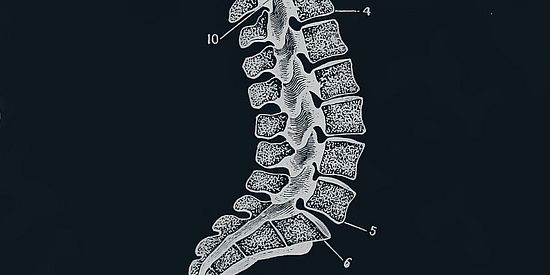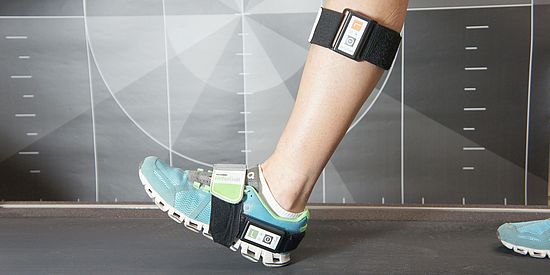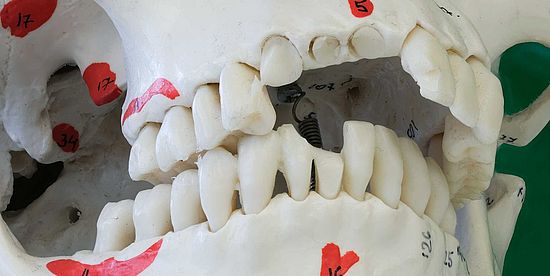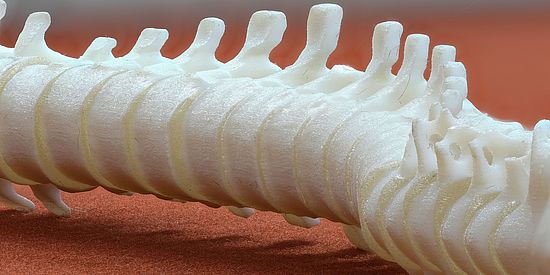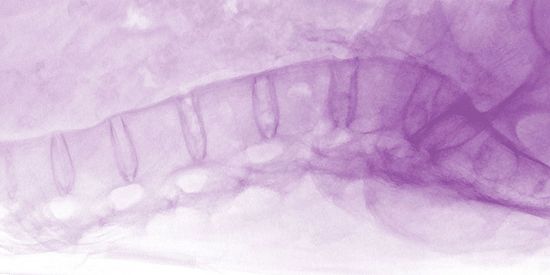Focal Area Biomechanics & Biomaterials
When it comes to the human body, physics becomes really complicated. It´s not only the sheer number of parameters and interactions, but also, and most of all, the fact that no two human bodies are exactly the same. A treatment perfectly helpful for one patient may have no effects at all on another, although both certainly obey the rules of physics. In order to develop medical treatment that is based on the firm ground of physical laws, a specific kind of research is needed that merges physics and medicine. This research is fostered by the Focal Area Biomechanics & Biomaterials.
The Competence Cluster Clinical Biomechanicshosts a number of research groups that reach from movement analysis to artificial tissue. DBE researchers are developing new technologies like biosensors and big data tools for movement analysis, the very basis of patient specific and therefore substantially enhanced treatment of many bone and joint diseases. Other groups are investigating the fascinating possibilities of artificial tissue, both mechanically manufactured and 3D printed. These technologies allow for better materials, coating and fixing technologies for implants – generally speaking they are smoothening and harmonizing the contact between nature and artifact. Further, the Focal Area Biomechanics & Biomaterials aims for the Virtual Patient, an individualized, patient specific assembly of data for tailored treatment, which is nothing less than the future of medical treatment. Anonymized, these data sets can be used to teach students how to perform diagnosis, how to plan a treatment or an operation. They also serve for longitudinal studies, in which the characteristics of a pathology and the effect of a treatment can be studied over an extended time period. Ultimately all these efforts lead to a new image of the healthy and pathological human body based on the firm ground of the laws of physics.

